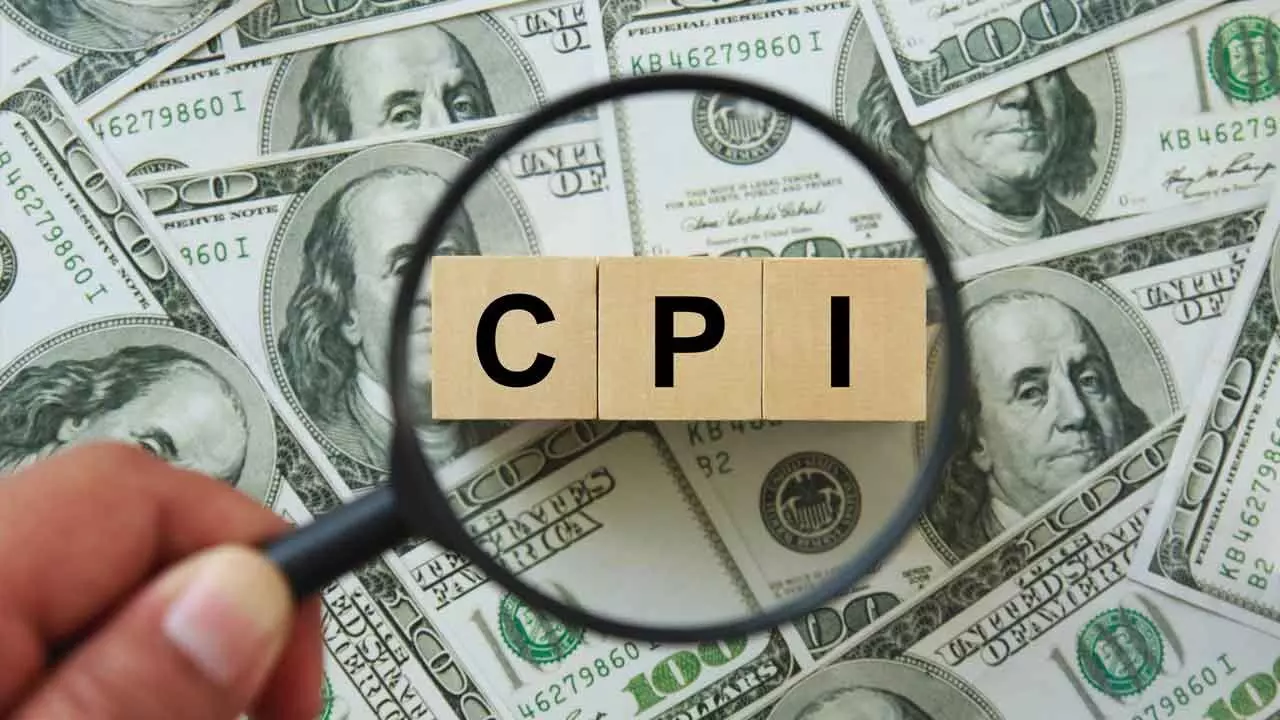Low CPI Is A Clear Indication Of Further Rate Cuts
Low CPI Is A Clear Indication Of Further Rate Cuts

With a gradual easing of food prices, especially of vegetables, eggs, pulses, and cereals, the CPI inflation for April stands at 3.16 per cent, which is an 18 basis points decline in headline inflation in comparison to March. However, it is the lowest year-on-year inflation since July 2019. In fact, it is an indication that the MPC may go for a further 25 bps rate-cut in June, a trend that could possibly be followed in the subsequent MPC meeting. On the other hand, core inflation rose to a 19-month high of 4.4 per cent, with gold prices driving the increase. A positive base effect for food prices, further price easing, and a healthy monsoon, as projected by Emkay, provide downside comfort on FY26 headline CPI of 3.7-3.8 per cent. In contrast, core inflation rose to a 19-month high. Monthly momentum was also sharp at 0.7 per cent. Experts are currently tracking May headline inflation at 3.2-3.3 per cent, with prices of cereals, pulses, and vegetables easing further.
The Reserve Bank of India (RBI) headline CPI forecast for Q1 has downside risk of 30-40bps if the current price trends continue, with similar downside risk for its FY26 forecast. Food prices will have a significant positive base effect in FY26, with the trend likely to continue if the IMD’s above-normal monsoon forecast holds true. Thus, we estimate the FY26 headline inflation to be at 3.7-3.8 per cent, with a possible downside comfort if current food price trends continue. Lower food prices should pass-through to core inflation as well, notwithstanding the recent uptick due to supply-side gold price dynamics. With domestic demand still subdued and given the possible tariff-led domestic deflationary impulse, core inflation also has downside risk. The increase was led by personal care and effects, mainly due to higher gold prices. The benign April headline inflation print, as per Icra, are expectations of another sub-4 per cent print in May, the dip in crude oil prices in recent weeks, and the IMD’s forecast of an above normal monsoon in 2025 as well as an early onset in Kerala.
This will allow the MPC to continue to place a higher weight on growth vis-à-vis inflation, when it meets in June. Analysts anticipate the CPI inflation to average 3.5 per cent in FY26, with the prints for Q2 and Q3 sharply trailing the MPC's projections for these quarters, allowing for an additional 75 bps of rate cuts in this calendar year. A 25 bps rate cut appears forthcoming in the June policy, followed by easing of 25 bps each in the August and October policy reviews. If the GDP growth print for Q4FY2025 does not report acceleration from the 6.2 per cent seen for Q3 FY2025, the MPC may consider frontloading the rate easing, with a 50 bps cut in the upcoming review. This is expected to give further comfort to the central bank to reduce interest rates, in the next bi-monthly MPC meeting, which will reduce industry debt burden.

